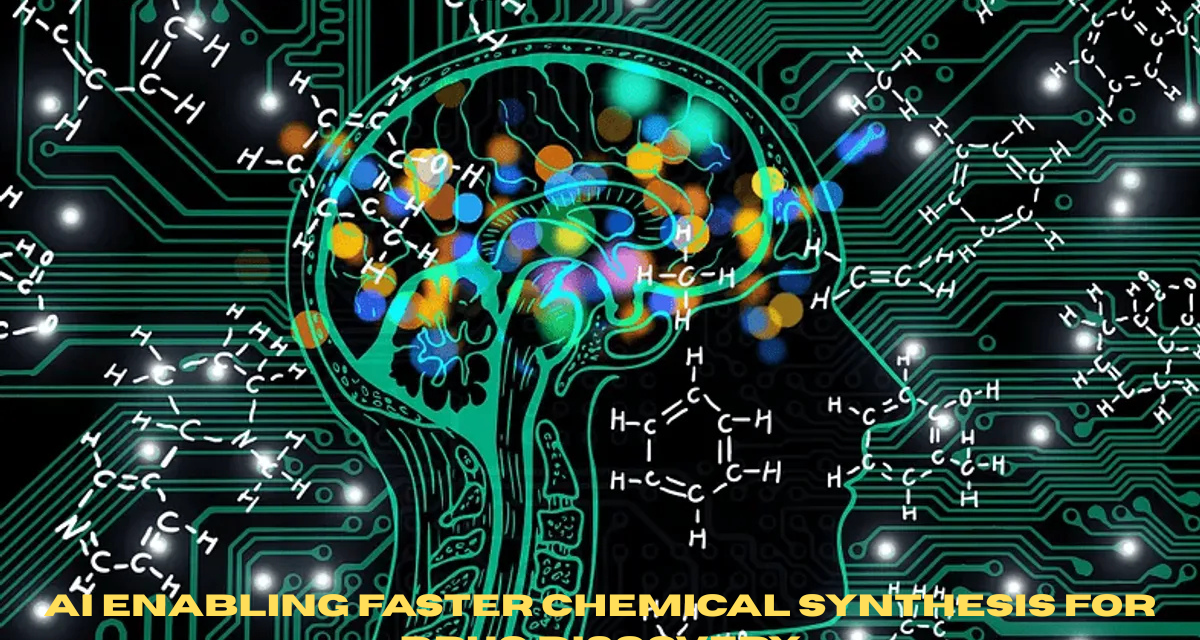Artificial Intelligence (AI) is revolutionizing chemical synthesis for drug discovery by accelerating the process, enhancing efficiency, and reducing costs. Here’s how:
1. Predicting Reaction Outcomes
- AI models predict the feasibility, yield, and side reactions of chemical pathways, reducing the time spent on trial-and-error experiments.
2. Retrosynthesis Planning
- AI-powered retrosynthesis tools identify efficient synthetic routes for complex molecules, suggesting optimized reaction steps and reagents.
3. Catalyst and Reagent Selection
- Machine learning algorithms recommend the best catalysts and reagents for specific reactions, improving efficiency and reducing waste.
4. Automation of Synthesis
- AI integrates with robotic platforms to automate chemical synthesis, enabling rapid iteration of experimental conditions and reaction setups.
5. Accelerating Lead Optimization
- AI models screen chemical libraries and suggest modifications to improve the activity, selectivity, and safety of drug candidates.
6. Reaction Condition Optimization
- AI fine-tunes parameters like temperature, pressure, and solvent choice to maximize reaction yield and minimize byproducts.
7. Predictive Toxicology
- AI predicts the safety profile of intermediates and final products, ensuring compliance with regulatory standards early in the synthesis process.
8. Enhanced Data Analysis
- AI analyzes vast datasets from past experiments to uncover trends, enabling chemists to make data-driven decisions for new reactions.
9. Virtual Screening
- AI helps simulate and predict the behavior of drug candidates in biological systems, guiding synthesis toward more promising compounds.
10. Green Chemistry Integration
- AI suggests sustainable reaction conditions, such as using environmentally friendly solvents or renewable feedstocks, aligning with green chemistry principles.

















